Revolutionary SLA 3D Printing Hits 3300mm/h with Conveyor Belt Technology
In March 2024, Xpiens learned that the Israeli startup Sprybuild has launched a groundbreaking Stereolithography (SLA) 3D printer. This new printer features a patented continuous printing process with a conveyor belt system and a rigid optical interface.
Surveys indicate that the widespread adoption of 3D printing technology faces three main obstacles: the cost and availability of materials, a shortage of skilled technicians, and challenges related to design or processes. Sprybuild's new 3D printer addresses these hurdles head-on.

Enhancing Resin Flow for High-Speed Printing
Sprybuild's SLA 3D printer utilizes a unique conveyor belt system to stabilize the printing surface effectively. The system leverages a patented magnetic mechanism to maintain surface stability and automatically release printed parts, reducing printer downtime.
This solution addresses common challenges in resin-based 3D printing, such as the inhibition of resin curing by oxygen or light and the presence of "dead zones" where uncured resin accumulates. The printer ensures a continuous flow of resin into the print area, achieving high-speed printing.
Testing has shown that Sprybuild's 3D printer can successfully print dental models at a speed of 55 mm/minute, with a layer resolution of 100 microns, translating to a printing speed of 3300 mm/hour.
Its solid optical interface, similar yet distinct from Carbon's Continuous Liquid Interface Production (CLIP) technology, plays a crucial role in increasing this speed. It facilitates resin flow and targeted curing, enhancing the printer's overall performance and success rate.
Sprybuild's SLA 3D printer is designed for a wide range of applications, including but not limited to dental models, shoe soles, orthotic insoles, eyeglass frames, fashion accessories, hearing aids, prosthetic parts, printing molds, and combustible models for precision casting.
With its automation features and compatibility with common UV resins, the printer offers opportunities to save on production costs. Additionally, automatic slicing, nesting, and post-processing units simplify the printing process, effectively reducing the likelihood of failure and increasing overall productivity.
Subscribe to Xpiens to learn more about the latest news in the 3D printing industry.
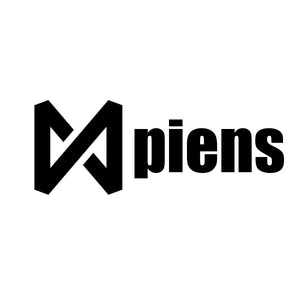

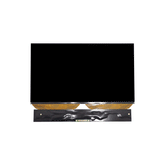
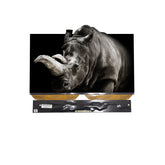
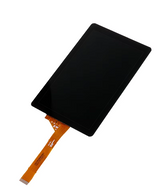
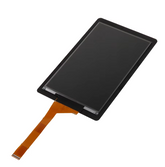
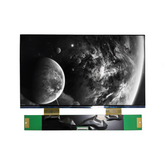
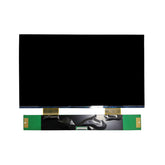



Leave a comment
Please note, comments need to be approved before they are published.